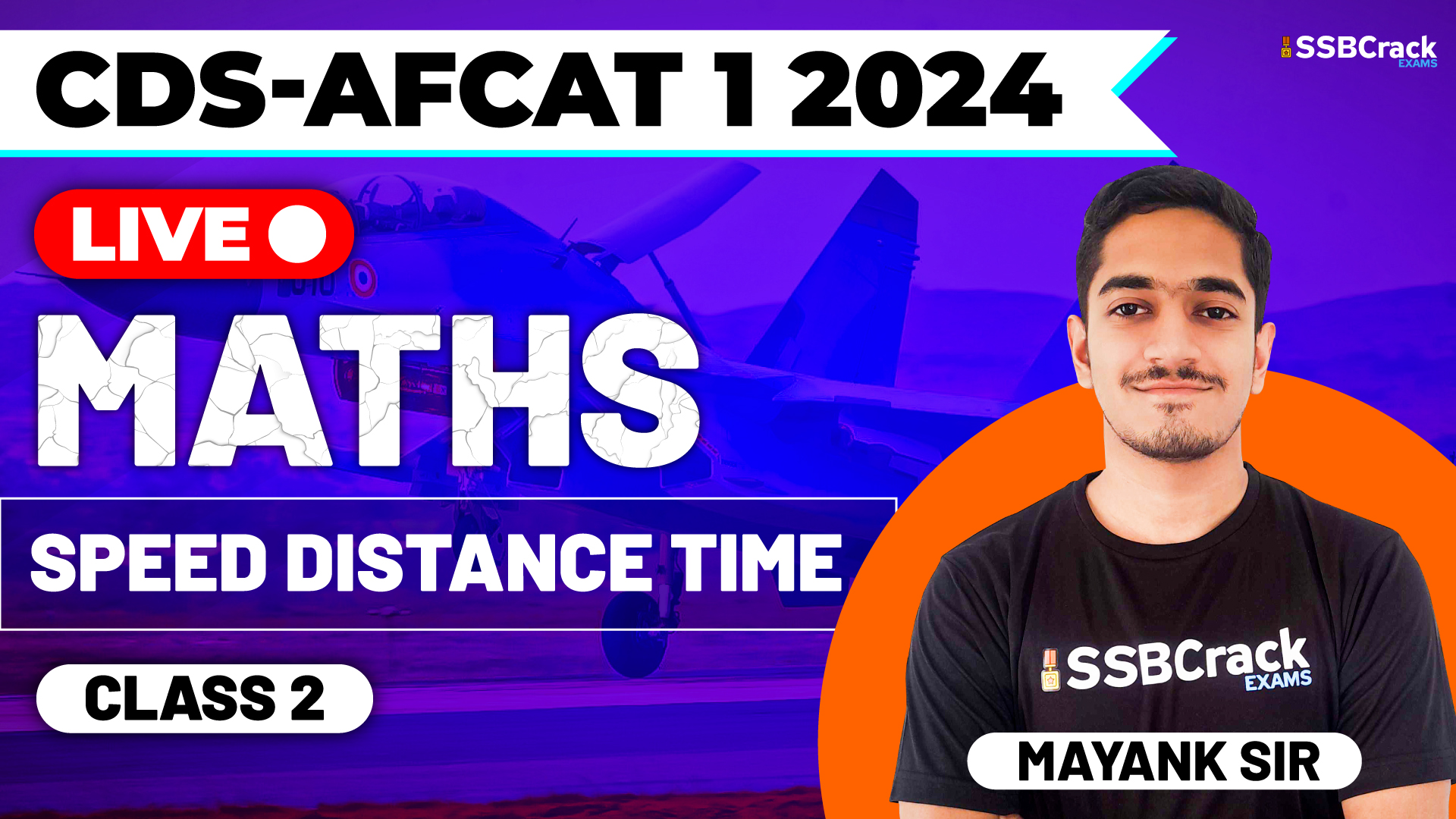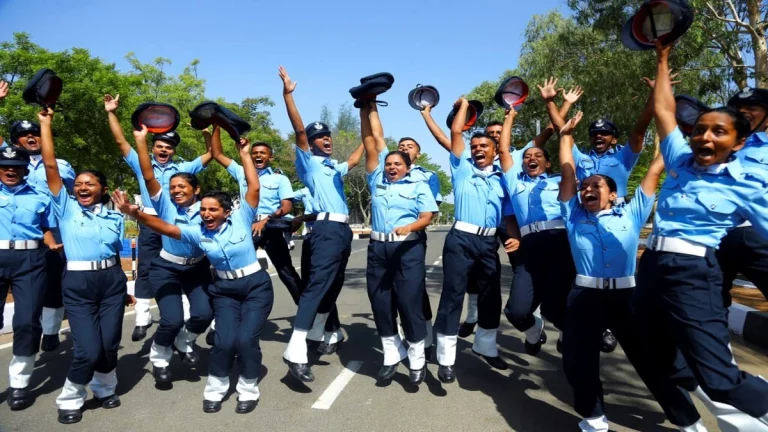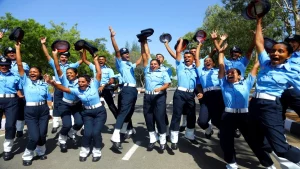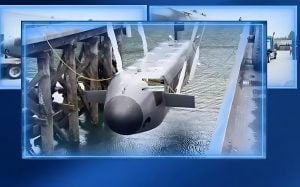In the realm of competitive exams like the CDS (Combined Defence Services) and AFCAT (Air Force Common Admission Test), a solid foundation in mathematical concepts is as essential as understanding the theoretical aspects. One such pivotal area is “Speed, Distance, and Time.” In your recent class, you embarked on a journey into the captivating world of speed, distance, and time, and beyond, exploring advanced topics such as relative speed, train problems, and boat and streams. In this blog, we will delve into these intriguing concepts, shedding light on their significance and how they will empower your CDS and AFCAT exam preparation.
The Crucial Concept of Relative Speed
In scenarios where two entities are in motion, relative speed is a fundamental concept. Whether they are moving towards each other or in the same direction, calculating relative speed allows you to determine how quickly they approach each other or the rate at which they move apart. The formula for relative speed is straightforward:
Relative Speed = Sum of Individual Speeds
Understanding relative speed is crucial when dealing with scenarios involving aircraft, vehicles, or any objects in motion relative to each other.
Train Problems: Mastering the World of Moving Trains
Train problems are a classic subset of speed, distance, and time questions. These problems often involve multiple trains moving towards each other, away from each other, or in the same direction. Solving train problems requires calculating relative speed and then applying it to determine various parameters, such as the time it takes for trains to cross each other or the distance between them. These skills are invaluable in situations that demand precision, like train scheduling and safety.
Boat and Streams: Navigating Water Dynamics
Boat and streams problems extend the principles of speed, distance, and time to fluid dynamics. These questions involve scenarios where a boat is moving upstream (against the current) or downstream (with the current). To tackle boat and streams problems, you need to understand how the speed of the boat and the speed of the current affect each other. The following formulas are often used:
- Speed of Boat in Still Water = (Speed Downstream + Speed Upstream) / 2
- Speed of Current = (Speed Downstream – Speed Upstream) / 2
Solving boat and streams problems is essential not only for competitive exams but also for real-world applications like river navigation and water transport.
Why These Concepts Matter
- Versatility in Problem Solving: Proficiency in relative speed, train problems, and boat and streams concepts equips you to handle diverse scenarios involving moving entities, whether they are on land or water.
- Time Management: In competitive exams, efficient problem-solving is paramount. Mastery of these techniques ensures that you can swiftly tackle questions involving complex speed, distance, and time scenarios, allowing you to allocate time to other sections.
- Real-World Application: These concepts have practical applications in military planning, logistics, air force operations, and transportation industries, where precise calculations are essential.
Practice: The Path to Expertise
As with any mathematical concept, practice is the key to mastering these advanced topics. Regular practice exposes you to various scenarios and enhances your problem-solving skills. Challenge yourself with a variety of problems to build confidence and competence.
Conclusion
Your class on speed, distance, and time, extending to relative speed, train problems, and boat and streams, has provided you with invaluable insights into these advanced concepts. Embrace these tools as your companions on your journey to success in the CDS and AFCAT exams. As you continue your studies and practice, you’ll find that these techniques become second nature, enabling you to conquer even the most complex scenarios involving speed, distance, and time on the day of the exam. So, keep practicing, stay focused, and remember that mastery of these fundamentals is your key to excelling in the exams and in real-world applications. Best of luck!



















